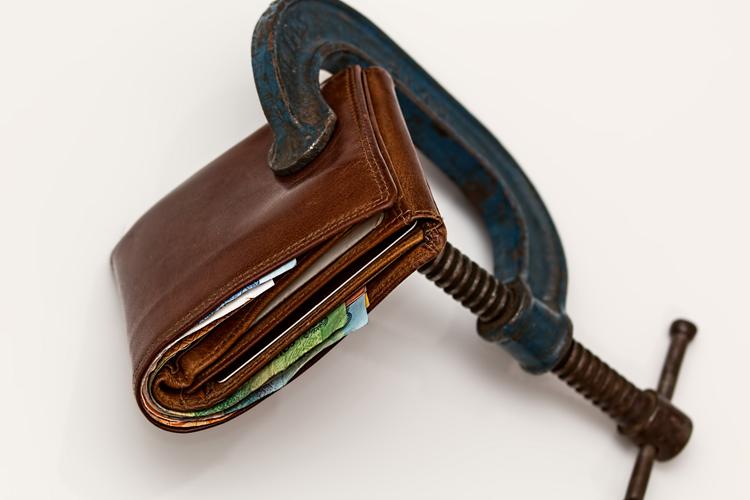The State Pension will provide a source of income in old age. It is funded by National Insurance and everybody's entitlement is worked out by reference to the National Insurance contribution or credit record.
Contributions are payable on earnings (either as an employee or whilst self employed) and credits are given to those who receive Child Benefit, Jobseekers Allowance and certain Carer's Allowances or payments for anyone who cannot work due to illness or disability.
Since April 2016, the state pension works to pay a full amount to anyone who has a record of at least 35 years of Nl contributions or credits.
State pensions only come into payment on your State Pension age. Historically this was 65 for men and 60 for women, but it has been changing and will continue to do so. At the time of writing (June 2017) the calendar setting out the timetable for State Pension age changes is:
| Date of birth | Date of change | State Pension Age - Men | State Pension Age - Women |
|---|---|---|---|
| Up to 05/04/1950 | Up to 05/04/2010 | 65 | 60 |
| 06/04/1950-05/12/1953 | 06/04/2010 - 05/12/2018 | 65 | Rising from 60 to 65 |
| 06/12/1953 - 05/10/1954 | 06/12/2018 -05/10/2020 | Rising from 65 to 66 | |
| 06/10/1954 - 05/04/1960 | 06/10/2020-05/04/2026 | 66 | |
| 06/04/1960 - 05/03/1961 | 06/04/2026 - 05/03/2028 | Rising from 66 to 66 and 11 months | |
| 06/03/1961 - 05/04/1977 | 06/03/2028 - 05/04/2044 | 67 | |
| 06/04/1977 - 05/04/1978 | 06/04/2044 - 05/04/2046 | Rising from 67 to 68 | |
| After 05/04/1978 | 06/04/2066 onwards | 68 | |
The level of the state pension, the State Pension age and the mechanism by which the state pension is increased each April are likely to be subject to review by governments in the future.
You can find out more on state pension entitlements at https://www.gov.uk/new-state-pension and get an estimate of how much you are likely to be entitled to at https://www.gov.uk/check-state-pension.



